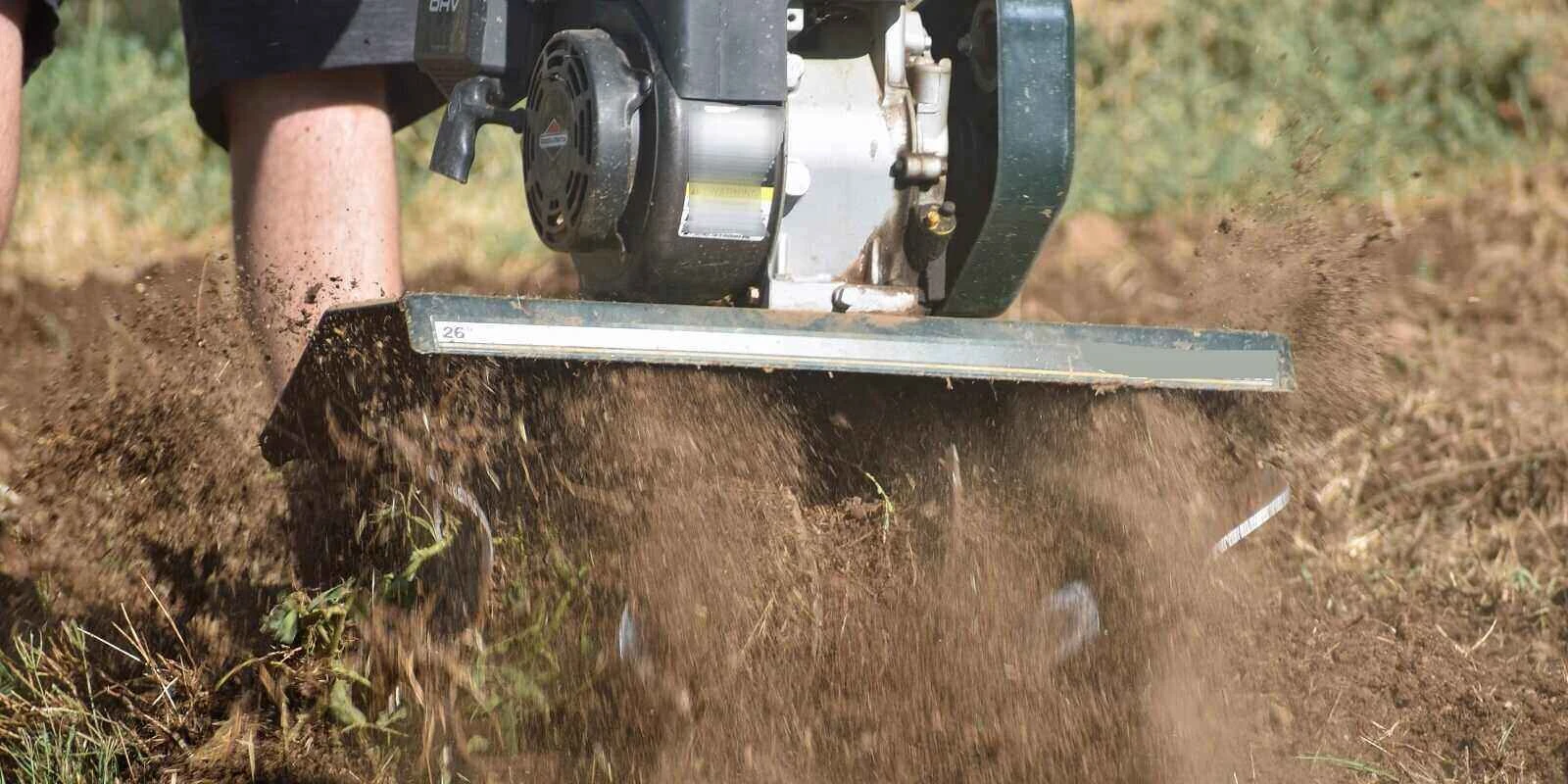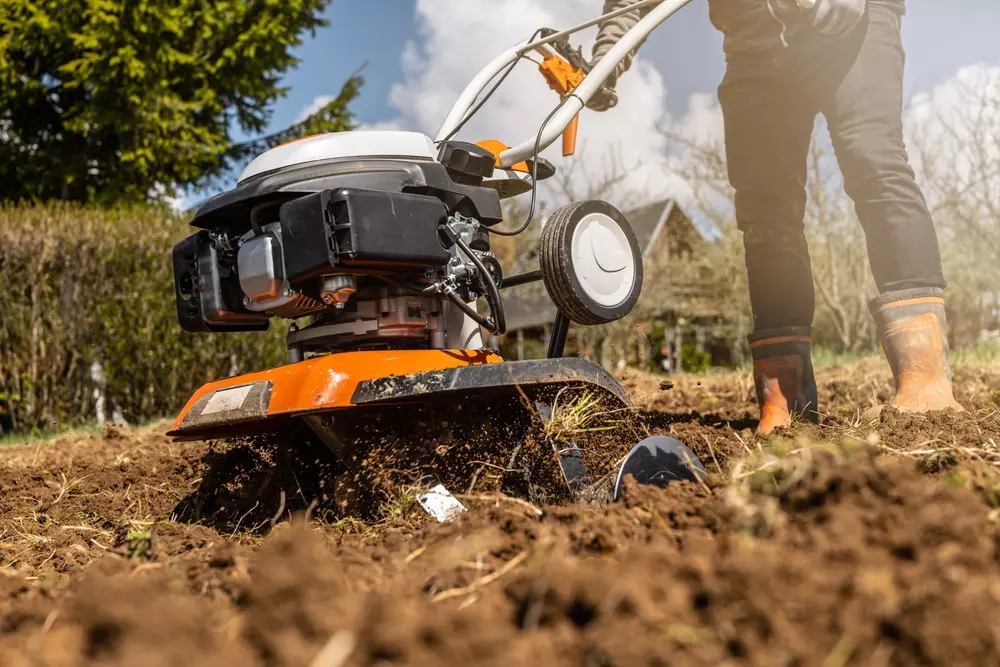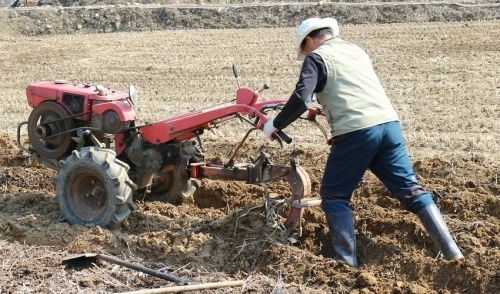Roto Tilling Services
The Comprehensive Process of Rototilling Services
The rototilling process starts with an initial evaluation of the area, including assessing soil type and condition. Professionals will then prepare the site by clearing any debris or obstacles and adjusting the tilling depth based on the needs of the soil. The rototiller is used to break up compacted soil, incorporate organic matter, and achieve a fine, even texture. After tilling, the soil is inspected for consistency, and any additional amendments or leveling is performed as needed. This thorough process ensures that the soil is well-prepared for planting, enhancing garden health and productivity.
Long-Term Benefits of Professional Rototilling Services
Professional rototilling provides significant long-term benefits by improving soil health and garden productivity. Properly tilled soil promotes better drainage, aeration, and nutrient absorption, leading to stronger root systems and more vigorous plant growth. Regular rototilling helps maintain soil structure and reduce compaction, which supports sustainable gardening practices and enhances overall landscape quality. By investing in professional services, you ensure that your garden or lawn is optimally prepared for planting and can achieve long-lasting results.
FAQs
How often should I schedule rototilling services?
Rototilling is typically performed once per growing season, usually in the spring before planting. However, the frequency may vary based on soil condition and garden needs.
What type of soil is best for rototilling?
Rototilling is most effective in loose, well-drained soils. Compacted or clay-heavy soils may require additional treatment or amendments to achieve optimal results.
Can I perform rototilling myself, or should I hire a professional?
While rototilling can be done yourself, hiring a professional ensures that the job is completed efficiently and thoroughly. Professionals have the right equipment and expertise to handle different soil types and conditions.
What should I do to prepare my garden area before rototilling?
Before rototilling, clear the area of debris, rocks, and large roots. If necessary, remove weeds or previous plant material to ensure a clean and effective tilling process.
How can I maintain soil health after rototilling?
Maintaining soil health after rototilling involves regular fertilization, mulching, and proper watering. Adding organic matter and practicing crop rotation can also support long-term soil fertility and structure.







